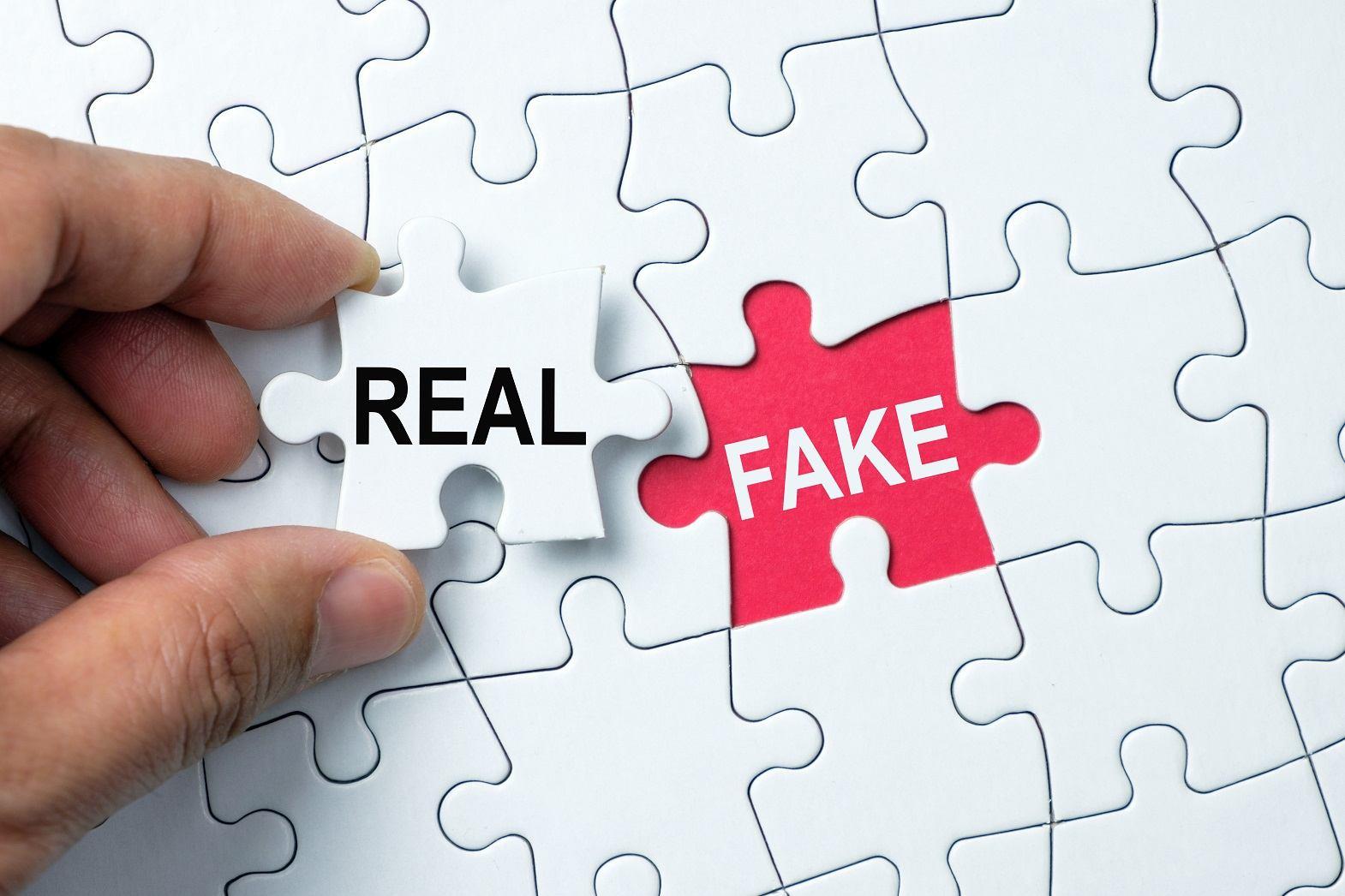Counterfeited merchandise looks much similar to the original product, but is sold for a much lesser price, while generating huge profits. Counterfeiting is considered as a preferred option for licit trade as it reduces manufacturing costs, and other expenses involved in design, marketing etc. Additionally, profits are increased by avoiding taxes, import duties are shunned through customs fraud, or outright smuggling and sales tax are avoided through informal retailing.
A European Commission report (2008) states that 57% of the counterfeit seizures are clothing accessories, and shoes. Almost 80% of the confiscated pirated goods owe their origin from the Asian countries. International countries out-source their operations to companies in Asia with a view to take advantage of the cheap labor, and inexpensive manufacturing operations. In Asian countries, counterfeiting laws are not generally strong, and big companies from US and EU outsource their operations here. A local label is added to the counterfeited merchandise to make it look like the original. Manufacturers have to bear the result of these masquerades, as they are very inferior in quality,and do not live up to the standards of the originals. Brands are easily pirated here, and even if they face legal issues, the penalties are not severe.
Pirated products are an indicator of the health of the brand, and its prevailing market reputation. If a brand is counterfeited more, then it only means that it is capable enough to stimulate the consumer's interest and create demand. More quantity of counterfeited products in the market for a particular brand is a signal for the manufacturer, that his merchandise has attracted the attention, stimulated interest, and caused a desire in the customer's mind to own the product. In a way, counterfeited items serve as indicator for the manufacturers of the actual brand.
Counterfeiting can also provide strong market access to brands. Though a threat to the brand image, it also compels the manufacturer of the original brand to protect, and bring out new innovations regarding the product. Majority of the shoppers who go in for counterfeited merchandise do have proper understanding that they are buying a replica. Still they go for it because they are not able to pay the premium price of the originals. A Davenport Lyons report states that 20% of the consumers who buy a fake product have the capacity to buy the original product. As the merchandise is a fake, it would not have the same quality and performance as the original product. The customer gets to know about the value of the original brand by using a fake. This in a positive note steels the brand image of the product in the customers mind.
Availability of counterfeited merchandise in the grey market creates an awareness regarding the product among consumers.
Hence there is a possibility of a small percentage of population, who after using the fake item might switch on to buy the branded product, even at a relatively higher cost. The original brand acquires this segment of consumers only through the awareness created by the pirated items.
For instance, Louis Vuitton is the most counterfeited brand in the fashion sector. During the first six months of 2011, this luxury conglomerate has reported a 13% increase in sales. During 2012, the brand's group share of net profit was up by 12%. Millions of fake products are sold all over the globe every year, and very few of them cannibalize the sales of the sales of the original product.
It takes a significant time to build a brand, and develop an image in the minds of the consumers. Despite rampant counterfeiting damages the image of the brand, if handled carefully, it can also be manipulated as an opportunity for market expansion. All that matters is how the brand owners show off their brand.
References:
Fakesrevealed.com
Davenportlyons.com
Brandingstrategyinsider.com








Comments